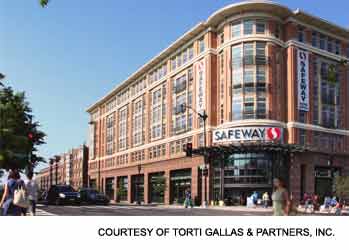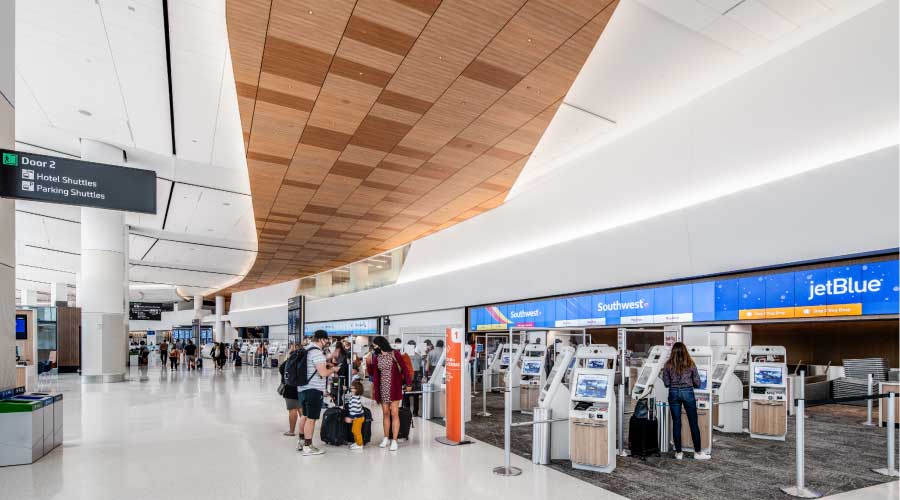Landlord-Tenant Partnerships Can Build LEED Criteria into Retail Spaces
Part 2 of a 3-part article on how retailers are using LEED and other resources to prioritize sustainability and go green
Breaking the mold of the landlord-tenant relationship and turning it into a partnership through innovative leasing and tenant guidelines, creates a new step in ensuring that LEED criteria is infused into leased retail spaces. The Federal Realty Investment Trust (FRIT) is exemplary in its relationships with tenants because it provides tenant fit-out options that give lessees the opportunity to operate in space that aligns with their company values. FRIT has attracted high-end clientele and created long-lasting relationships by establishing itself as a realty company that offers retailers space that is both up to operational standards and aligned with sustainable principles that are increasingly important to the retail industry.
This partnership creates a win-win situation for both parties. Landlords have the chance to demonstrate the alignment of their values with tenants, while tenants are given access to a new kind of leasing structure that goes beyond dollars per square foot. Another option for tenant-landlord innovation with REITs is to focus on sustainability in the delivery of tenant shells. This way, when a retailer chooses to lease a space within one of these developments, the tenant is provided with a healthy and sustainable base feature set. And if that tenant is interested in going further when fitting out its own space, the developer can provide tenants with additional guidance.
Consider Community Needs
Developers are also shifting their goals to align development objectives with the needs of the local community, including paying a premium for spaces that have specific value sets incorporated into the location. This strategy focuses on self-selecting development sites that fit into community values — sustainability, access to the outdoors, transit-oriented development (TOD) neighborhoods, walkability, and community events like farmers markets.
An especially effective strategy is leveraging existing TOD sites, characterized by a mix of building uses, including retail and residential, and close proximity to public transit to create a dense, easily accessible neighborhood. By locating a retail site in urban areas, increased walkability and proximity to public transportation improves community connectivity and foot traffic to the site, while earning LEED points.
A recent project that demonstrated the consideration of community needs during development is the Petworth Safeway and luxury residential development in the Petworth neighborhood of Washington, D.C. The project developer, Duball, LLC, redeveloped a 60-year old Safeway store into urban infill mixed-use development, just two blocks from the Georgia Avenue-Petworth metro station. The building was revitalized to include a modern 62,400-square-foot Safeway store along with a five-story, 285,000-square-foot residential building. Though targeting LEED Silver, the project team achieved LEED Gold for the residential space and LEED Commercial Interiors Retail Gold for the Safeway store. Its proximity to public transportation and residential living provides the community with a new hub of connectivity while simultaneously boosting economic growth to the area.
Related Topics:














